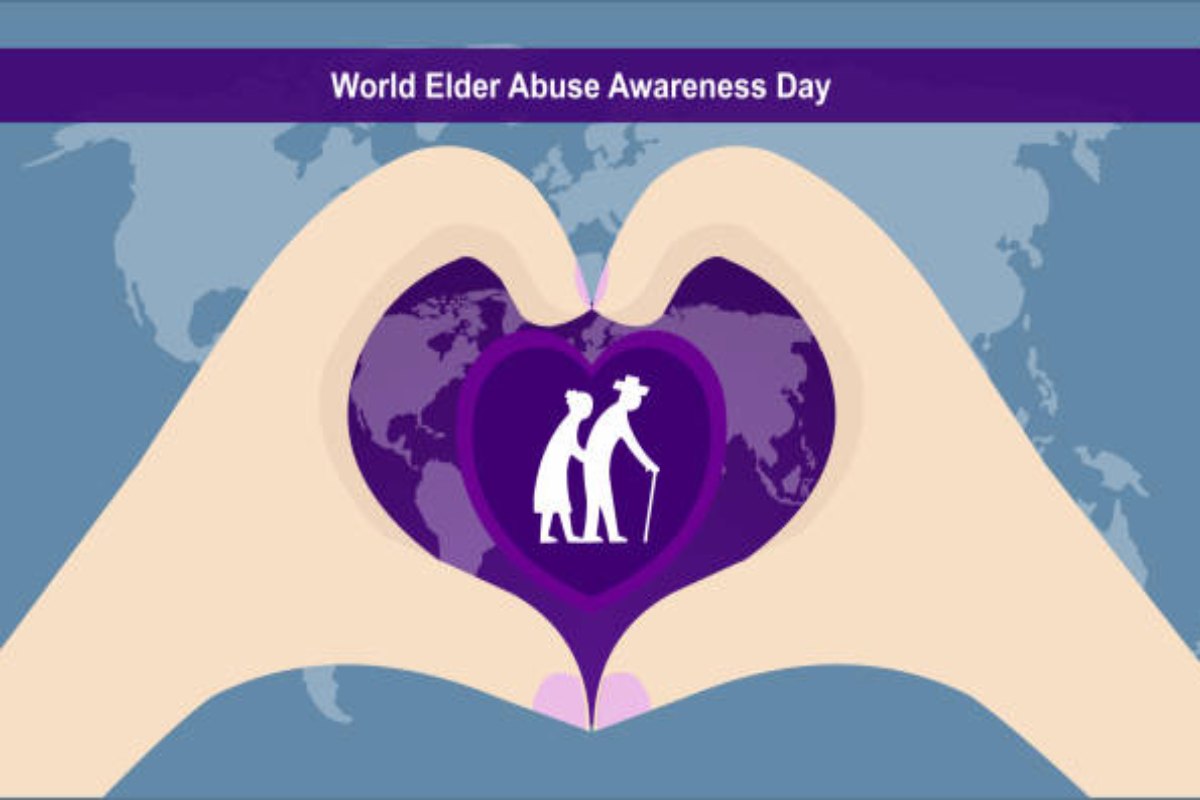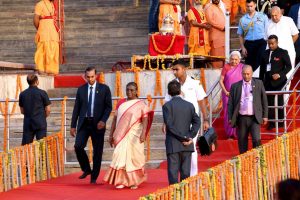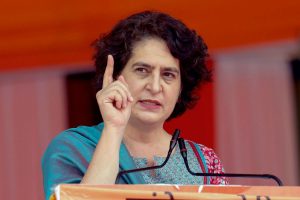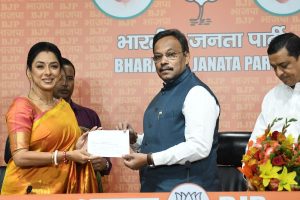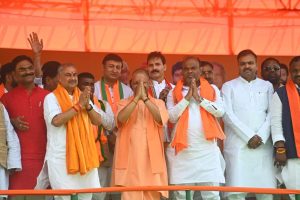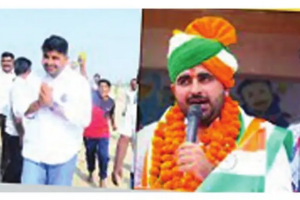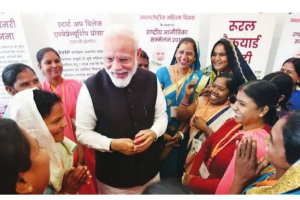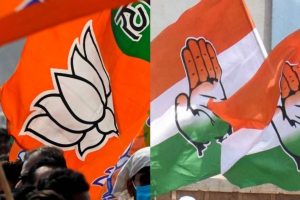On the occasion of the World Elder Abuse Awareness Day, HelpAge India released its national 2023 report titled “Women and Ageing: Invisible or Empowered?”
A total of 58 per cent of city’s elderly women do not feel financially secure. Sixty-seven per cent accept that elder abuse exists in society, even though only seven per cent have experienced it, among the lowest abuse figures in the country, as per the survey.
The report says about 42 per cent of women in Kolkata are widowed, and merely 14 per cent own some kind of asset or property. Only 22 per cent of senior women are employed in the city and the rest are dependent on family support.
The national HelpAge report is first of its kind report focusing only on older women, who are often the lost and the last in line, where their needs and rights are concerned.
As per the 2020 ‘Population Projections for India and States report’ and the demographic shifts, there is a distinct ‘feminization of ageing’ that is taking place due to rapid rise in ageing population and women living longer. While the gender ratio for the overall population is 948 females for 1,000 males, the ratio in elderly is 1,065 (more females in elderly population) which further increases with age.
The report was spread across the length and breadth of the country covering both rural & urban India across 20 states, 2 UTs and 5 metro cities, including, West Bengal and Kolkata, with a sample size of 7911, covering various socio-economic categories. In total, West Bengal, including Kolkata had a robust sample size of 589 respondents.
The report also points out that 56 per cent older women lacked awareness on redressal mechanisms available for abuse, with only 15 per cent being aware of the Maintenance & Welfare of Parents & Senior Citizens Act and 78 per cent older women are not aware of any government welfare schemes.
Nilanjana Moulik, secretary, Alzheimer’s Society, Kolkata, said, “From experience, we know the situation in rural India is better for the elderly with life there being less stressful. Many are moving out to work in cities and their mental set up is changing. Our estimate is in the next 5 years, the rural setting will also undergo a change as it will trickle down. In rural areas the abuse which is happening, is happening unknowingly. They are not aware of what amounts to abuse.”
Talking about the Alzhimer’s women patients, Nilanjana said there is a belief that women patients have less power to respond to abuse. But, we have had cases where the women patients have attacked when they were abused, she added.
“But the mental abuse is equal for both. In the dementia care setting, we find that paid caregivers or family caregivers are both to blame for abuse. Financial abuse is a lot prevalent. The paid caregivers, in effect, take advantage of their helplessness and abuse them. Most common is verbal abuse.
The elderly women population has no financial independence. Once the husband is dead, the children neglect their mothers. In some families, there are also financial constraints, which leads them to stop their intervention.

